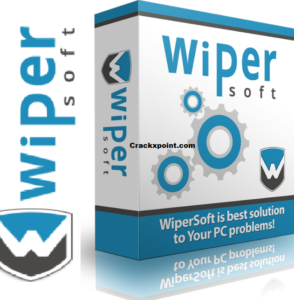


The standard Apple II copy programs could not read such protected floppy disks, since the standard DOS assumed that all disks had a uniform 35-track, 13- or 16-sector layout. It was also discovered that many floppy drives did not have a fixed upper limit to head movement, and it was sometimes possible to write an additional 36th track above the normal 35 tracks. In addition, tracks did not need to be perfect rings, but could be sectioned so that sectors could be staggered across overlapping offset tracks, the most extreme version being known as spiral tracking. This allowed complex disk-based software copy protection, by storing data on half tracks (0, 1, 2.5, 3.5, 5, 6.), quarter tracks (0, 1, 2.25, 3.75, 5, 6.), and any combination thereof.


 0 kommentar(er)
0 kommentar(er)
